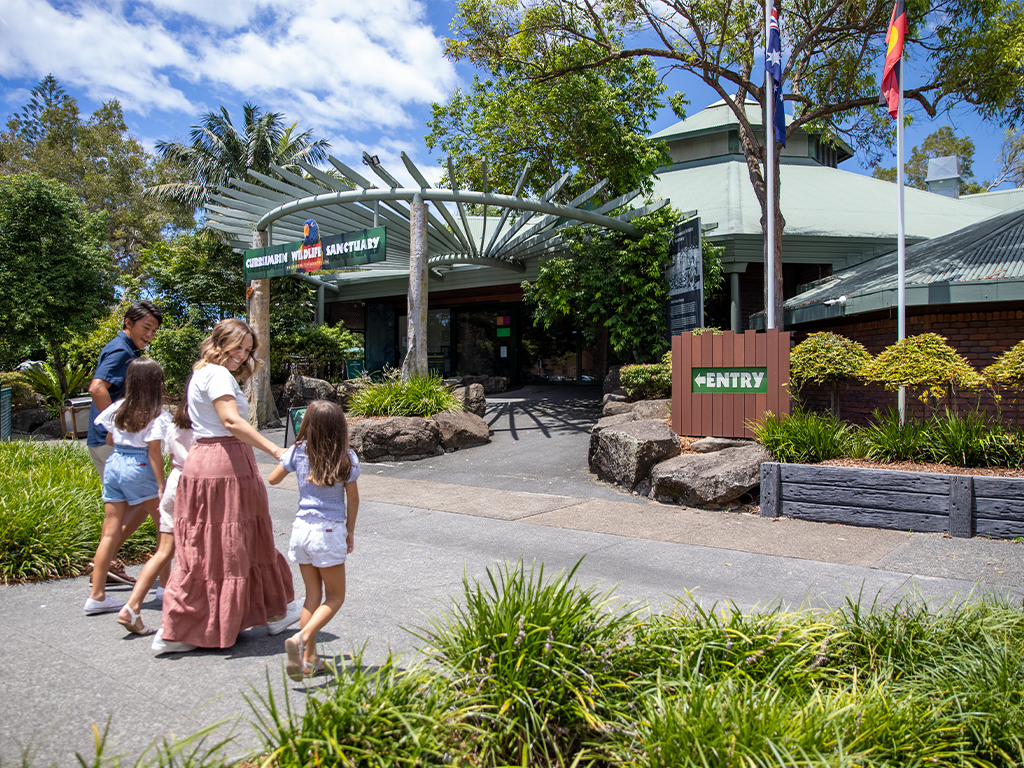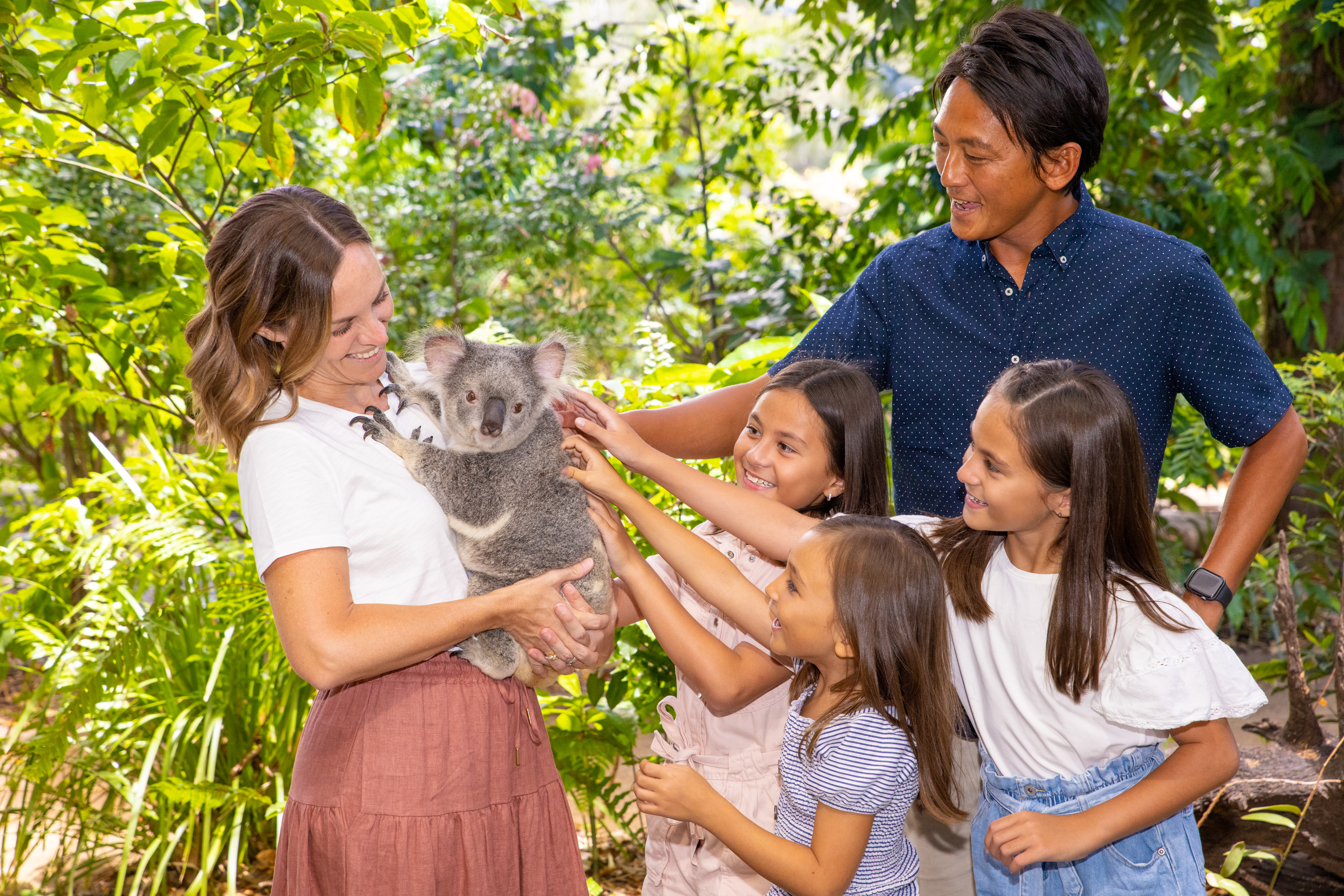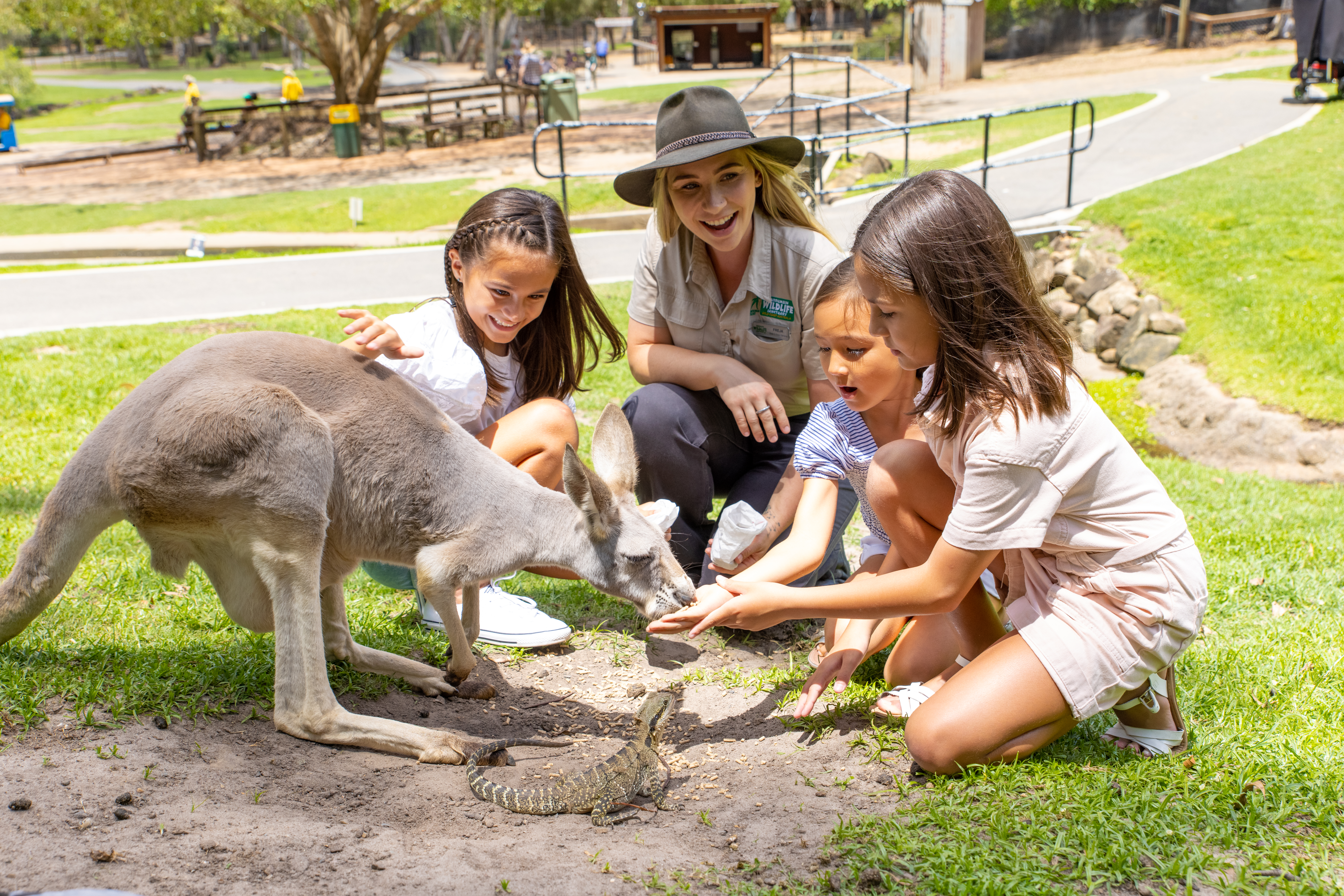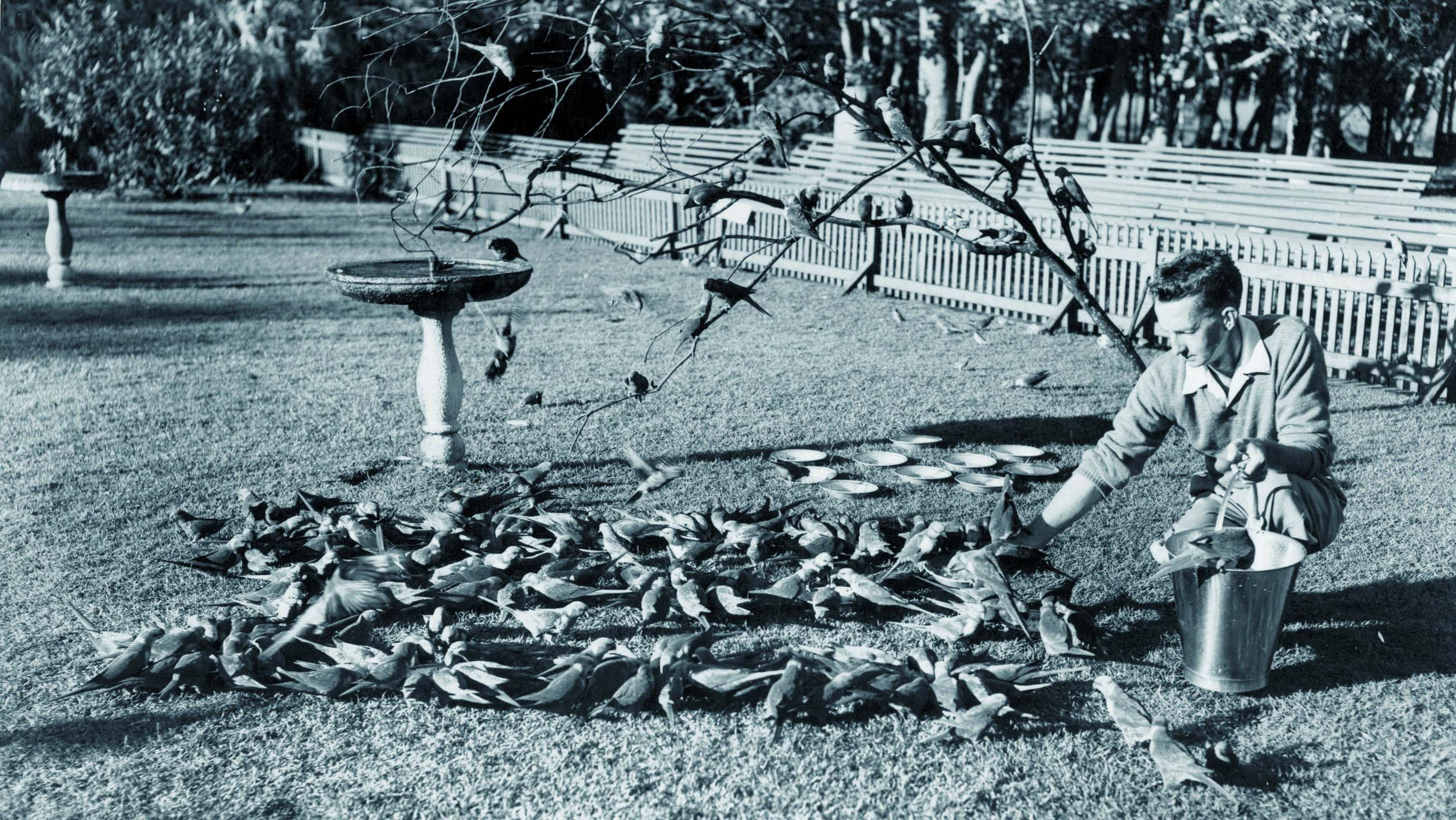Currumbin Wildlife Sanctuary -
"Make every effort towards wildlife conservation and ensure that our children have the opportunity to see wildlife" - Alex Griffiths 1973
Each day the team at Currumbin Wildlife Sanctuary and Hospital work towards the common goal of wildlife conservation. The Sanctuary itself is recognised on the State Heritage Register for its significance and place in establishing nature-based tourism. Currumbin Wildlife Sanctuary proudly celebrates its 75th Anniversary year as an iconic Queensland tourism experience for domestic and international visitors. We are committed to wildlife conservation, community education, cultural and eco-tourism. The Currumbin Wildlife Sanctuary sits on 27 hectares of lush rainforest and has grown to be a must-see attraction for locals and tourists alike. In 2021 Currumbin Wildlife sanctuary was awarded the Gold Award for Best Major Tourism Attraction in Queensland, going on to win the Silver medal for best Major Tourism Attraction in Australia.
Plan Your Visit
Address
28 Tomewin St, Currumbin QLD 4223
Open Hours
9am - 4pm Daily*
*Closed 25 April and 25 December
Phone
Entry Fees
Adult: $49.95
Concession: $39.95
Child (aged 3 to 13): $39.95
Family - 2 Adults + 2 Children (aged 3 to 13): $149.95
Infant (Under 3): $0.00





